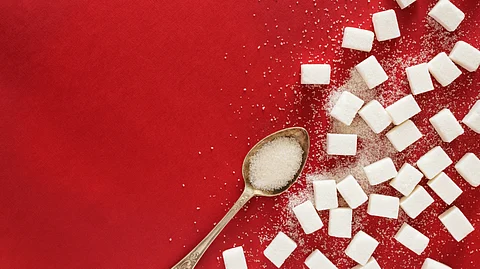1. Add vinegar to your meals which can further lower the GI of foods by slowing gastric emptying. [2]
2. Opt for whole grains over refined grains, which will help in increasing fiber intake, which can help in moderating blood sugar levels. [3]
3. Incorporating healthy fats such as olive oil, nuts, seeds, or avocado can significantly slow the digestion and absorption of carbohydrates, leading to a steadier release of glucose into the bloodstream.
4. Lemon juice, and fermented foods like pickles or kimchi can reduce the glycemic response by increasing the acidity of the meal.
5. Gentle movement after meals—like a 10–15-minute walk—can significantly lower post-meal glucose levels.


